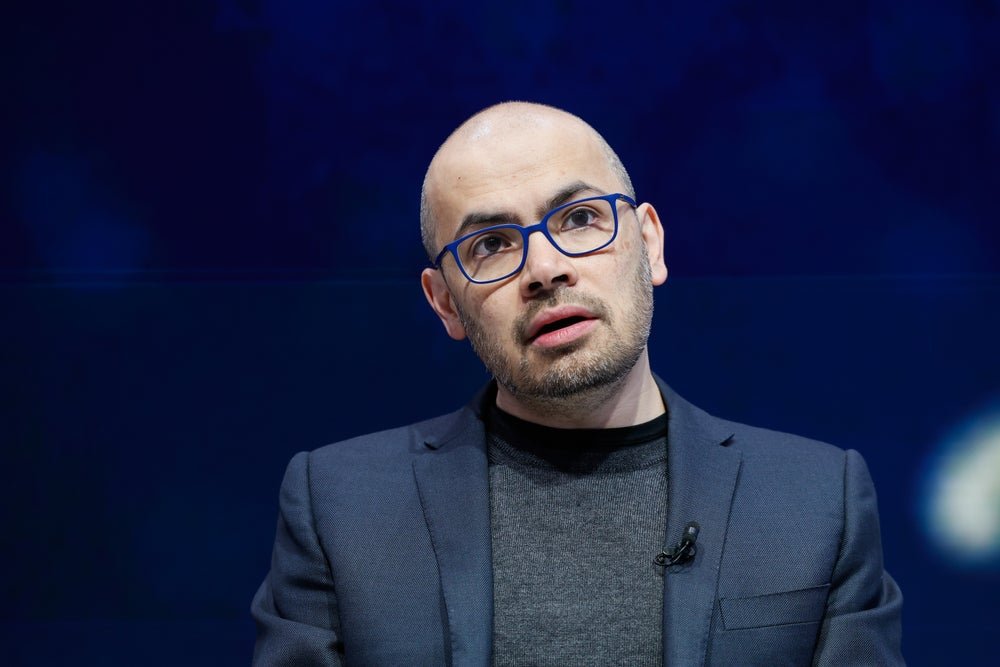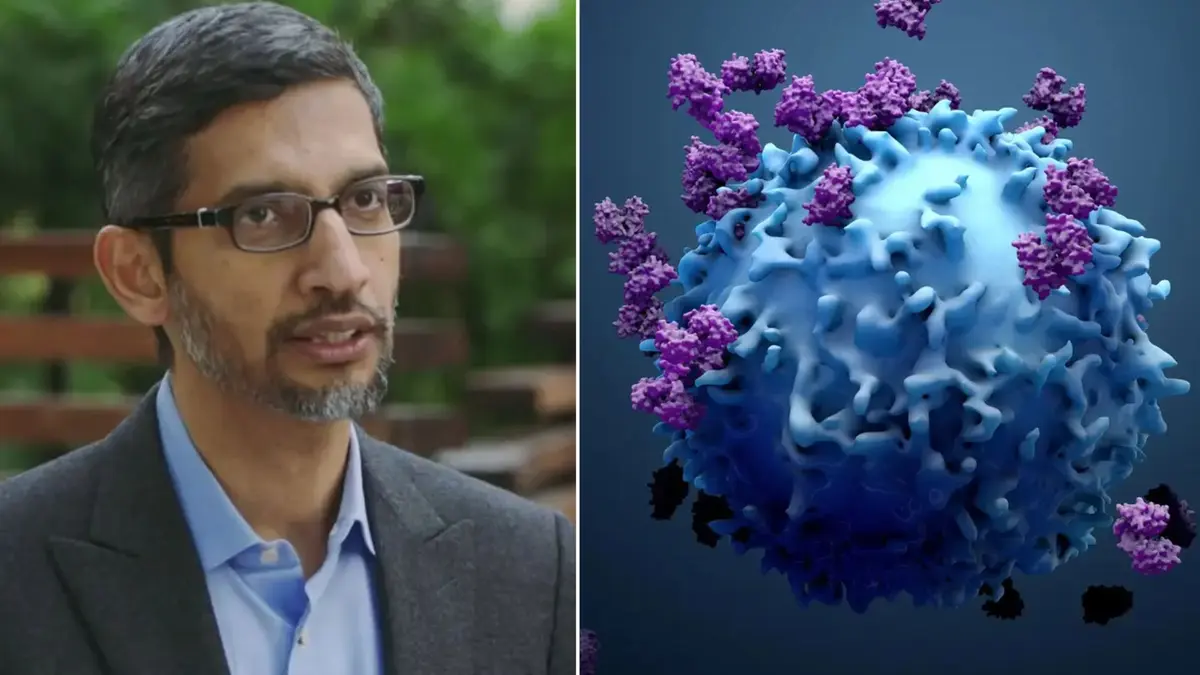Microsoft has announced a groundbreaking advancement in quantum computing with the introduction of Majorana 1, the world’s first quantum chip powered by a Topological Core. This revolutionary chip is built on topoconductors, a new class of material that enables more stable and scalable qubits, marking a significant step toward practical, industrial-scale quantum computing.
Unlike traditional quantum chips, which struggle with qubit instability and error rates, Majorana 1 utilizes a topological qubit architecture, offering a clear pathway toward quantum computers with a million qubits. This milestone could accelerate solutions to real-world scientific and industrial challenges within years rather than decades.
Topoconductors: A New Era for Quantum Chips
At the heart of Majorana 1 lies a novel material known as a topoconductor, or topological superconductor. This material facilitates the creation and control of Majorana zero modes (MZMs)—unique quantum states that serve as the building blocks of Microsoft’s new qubits.
MZMs differ from conventional quantum particles because they act as their own antiparticles. This property makes them highly resistant to external disturbances, reducing error rates and enhancing computational stability. The ability to control these exotic states allows Microsoft’s topological qubits to outperform conventional qubits in terms of scalability, reliability, and digital control.
The Path to a Million Qubits
Microsoft has long emphasized the importance of scalability in quantum computing. According to Chetan Nayak, Microsoft’s technical fellow, achieving useful quantum computing power requires reaching at least a million qubits. Without this scale, quantum systems will be limited in their ability to solve practical problems.
“We took a step back and said, ‘OK, let’s invent the transistor for the quantum age. What properties does it need to have?’” Nayak explained. “That’s really how we got here—by designing an entirely new qubit architecture that integrates stability, speed, and digital control.”
Currently, Majorana 1 integrates eight topological qubits on a single chip. However, its architecture is designed to expand seamlessly, paving the way for million-qubit systems in the near future.
Solving Real-World Problems with Quantum Computing
A fully realized million-qubit quantum computer would surpass the combined computational power of all classical computers in existence today. Microsoft envisions transformative applications across multiple industries, including:
- Healthcare & Pharmaceuticals: Simulating complex molecular interactions to develop new drugs and optimize enzyme-based treatments.
- Environmental Science: Designing catalysts to break down microplastics into harmless byproducts or create non-toxic materials for sustainable manufacturing.
- Materials Science: Enabling self-healing materials that repair bridges, airplane parts, or phone screens at the atomic level.
- AI & Machine Learning: Teaching AI models the fundamental rules of nature, allowing them to design optimized materials and solutions without trial and error.
“Any company that makes anything could just design it perfectly the first time out,” said Matthias Troyer, a Microsoft technical fellow. “The quantum computer teaches AI the language of nature so the AI can just tell you the recipe for what you want to make.”
Microsoft’s Quantum Research Gains Recognition from DARPA
Microsoft’s topological qubit research has been validated by DARPA (Defense Advanced Research Projects Agency), a U.S. government agency that funds high-risk, high-reward technology. The company is now one of only two finalists in DARPA’s Underexplored Systems for Utility-Scale Quantum Computing (US2QC) program.
This program is part of DARPA’s broader Quantum Benchmarking Initiative, which aims to develop a utility-scale, fault-tolerant quantum computer—one that delivers computational value exceeding its operational costs. Microsoft’s participation underscores the potential of Majorana 1 as a commercially viable quantum computing solution.
How Majorana Qubits Overcome Quantum Computing Challenges
Quantum computing faces several fundamental challenges, including:
- Error rates: Qubits are extremely sensitive to external disturbances, causing frequent computational errors.
- Scalability: Most quantum systems struggle to scale beyond a few hundred qubits due to control complexity.
- Measurement difficulties: Measuring qubit states often disrupts quantum information, making calculations unreliable.
Microsoft’s topological qubit approach addresses these challenges head-on:
- Error-Resistant Design: Majorana qubits naturally shield quantum information from environmental noise, reducing the need for excessive error correction.
- Compact and Scalable Architecture: Microsoft’s H-shaped nanowire design allows qubits to be tiled across a chip, enabling the construction of million-qubit systems.
- Digital Control & Fast Computation: Unlike analog-controlled qubits, Microsoft’s qubits use voltage pulses, making them easier to manage and integrate into data centers.
A Future Quantum Ecosystem in Azure
Beyond hardware, Microsoft is integrating its quantum research with Azure Quantum, a platform that enables businesses, researchers, and developers to experiment with quantum algorithms.
Microsoft has also partnered with Quantinuum and Atom Computing to advance hybrid quantum-classical computing, further accelerating scientific discovery. These partnerships allow enterprises to begin leveraging quantum-inspired algorithms today while preparing for future breakthroughs.
What’s Next for Microsoft’s Quantum Ambitions?
While Majorana 1 marks a significant step forward, Microsoft acknowledges that engineering challenges remain before quantum computing reaches full-scale implementation.
However, with Microsoft’s peer-reviewed research in Nature, validation from DARPA, and the increasing alignment of AI and quantum technologies, the roadmap to practical quantum computing is clearer than ever.
“The journey to useful quantum computing has been long, but we’ve now demonstrated a breakthrough that puts us on a direct path to scaling,” said Krysta Svore, a Microsoft technical fellow.
As quantum computing and AI continue to converge, Microsoft’s Majorana 1 could be the foundation for a new era of computation, solving problems that classical computers never could.








